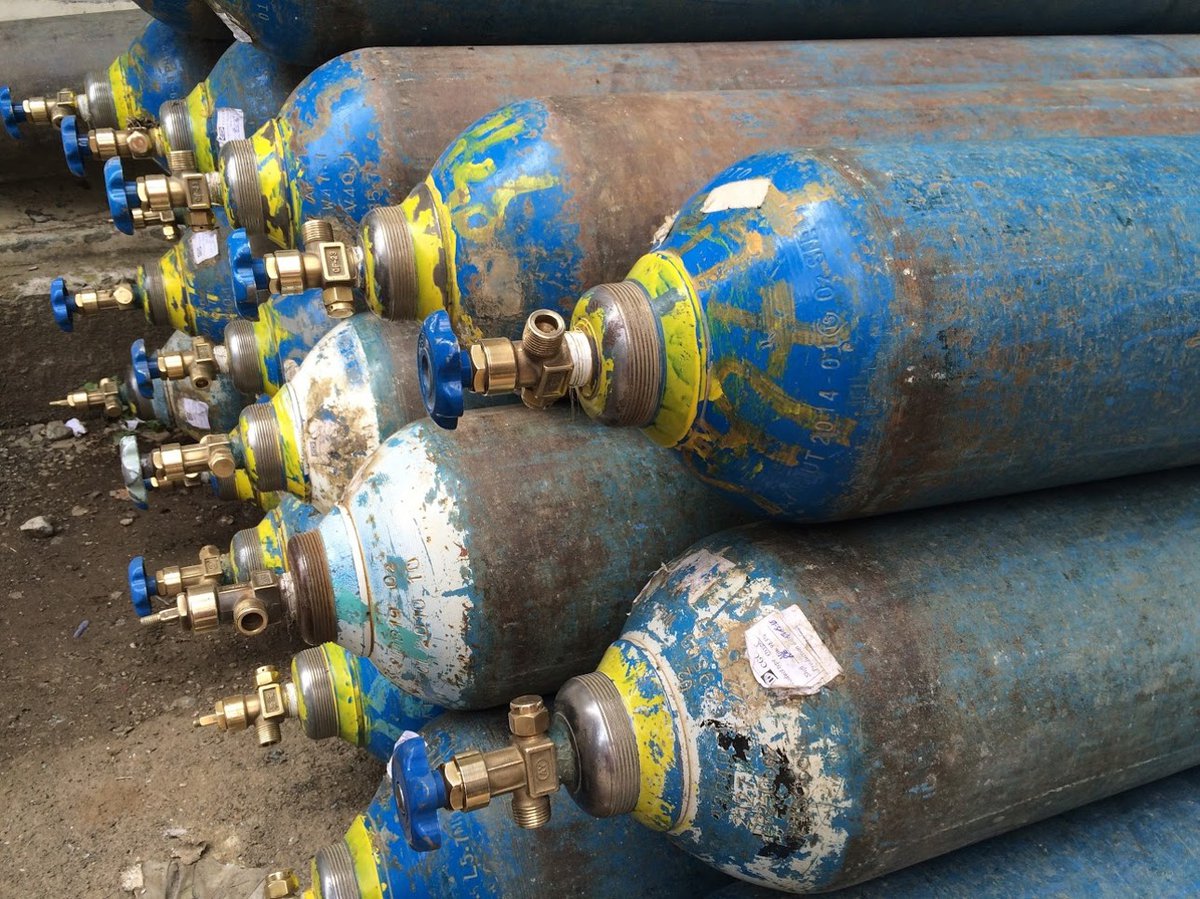
COVID-19 Oxygen Needs Tracker
An interactive tool to help advocates, decision-makers, and implementers communicate the urgency of investing in access to medical oxygen and related technologies to meet the needs of COVID-19 in low- and middle-income countries (LMICs).
Download customizable social media templates for the tracker.
Access Markets Matter: Closing the Oxygen Gap campaign resources.
About this resource
Oxygen access has been a long-neglected element of health system planning, despite being an essential treatment for a range of diseases. The COVID-19 pandemic has spotlighted the role of medical oxygen as a lifesaving therapy for patients struggling to breathe. In LMICs, many health facilities are unequipped to meet the rising demand. Almost half of all hospitals in these areas have an inconsistent supply of medical oxygen, or lack it entirely. More than ever, timely and robust planning for reliable oxygen delivery is needed to protect and save lives.
About the tool: The COVID-19 Oxygen Needs Tracker is an advocacy tool intended to help elevate the urgency of investing in access to reliable oxygen delivery systems to meet the needs of COVID-19 in LMICs. It was developed by the COVID-19 Respiratory Care Response Coordination partnership (see additional information below). The tracker estimates the daily oxygen need based on COVID-19 cases reported by countries —and states and districts for India—and does not reflect the oxygen needs for non-COVID-19 patients. This resource, therefore, only considers COVID-19-related oxygen needs and is not intended to be used for planning or procurement purposes.
To access the subnational oxygen need in India, select ‘India’ under ‘Open country view for’ at the bottom of the map, or click on India on the map and select the link in the tooltip. The coloration of India states corresponds with higher (dark) or lower (light) oxygen need. To return back to the global map, select ‘Open Global View’ at the bottom of the map.
Assumptions:
The data used to calculate the daily oxygen need across LMICs is pulled from the World Health Organization (WHO) Coronavirus Disease (COVID-19) Dashboard. Subnational data for India is pulled from covid19india.org. Using the WHO calculation methods, the number of confirmed COVID-19 cases is adjusted for the percentage of severe (15%) and critical (5%) cases requiring oxygen and the amount of oxygen they require across 7 days (severe cases) or 14 days (critical cases). The final calculation in cubic meters of oxygen is divided by seven cubic meters (the size of a large oxygen cylinder) to give the number of cylinders required to meet this need. Estimates are provided for all LMICs as defined by the World Bank, including low-income, lower-middle-income, and upper-middle-income countries. As these estimates reflect only COVID-19 cases confirmed by testing, and given the limited testing in most LMICs, this can lead to an underestimation of the oxygen need in these countries. Note, this calculation DOES NOT take into account individual countries’ vaccination rates, prior infection rates, COVID-19 testing rates, and the most prevalent COVID-19 strain(s) in circulation and their respective clinical oxygen requirements, which can impact oxygen need estimates.
The total cost estimate is derived from a blended set of cost metrics across various oxygen supply options (e.g., concentrators, cylinders, pressure swing adsorption plants, bulk liquid oxygen deliveries) and reflects averaged cost data from a collection of representative markets. As a result, the average unit cost of oxygen in the total cost estimate cannot be applied to estimated oxygen need in individual countries or regions and attempts to do so would produce inaccurate cost estimates. The calculation includes capital expenditures and other upfront costs (equipment purchase, shipping and distribution, infrastructure and accessories, installation, training) and recurrent operating expenditures (labor, electricity, repairs and maintenance, spare parts). Underlying assumptions are based on several sources reviewed by PATH and CHAI. Annual COVID-19-related oxygen need is derived from the current daily COVID-19-related oxygen need as displayed in the tracker, accounting for oxygen infrastructure in each country, and does not attempt to project changes over time. Upfront and capital costs are carried over the entire lifespan of equipment.
When adjusting the assumptions, consider that different COVID-19 variants may have different epidemiological characteristics and clinical requirements, that variants may mix in populations and this mix may vary across countries and continents and over time.
You can change the hospitalization and clinical assumptions at the bottom of the page. The % of cases requiring hospitalization is the number of patients with COVID-19 that require hospitalization. The % of those cases that are critical is the percentage of hospitalized patients that are critical cases; the remaining share of hospitalized patients are considered to be severe. Clinical assumptions show the average flow rate of oxygen (in liters per minute) and the average treatment duration (in days) of severely and critically ill patients. Numbers are integers and can be changed. The default values represent the WHO estimates, which are explained here (for treatment duration) and here (for all other variables).
About the COVID-19 Respiratory Care Response Coordination project: PATH, the Clinton Health Access Initiative (CHAI), and the Every Breath Counts coalition (EBC) are leading the work to support country decision-makers in the development and execution of a comprehensive respiratory care plan to meet the demands of COVID-19. The project is also pursuing strategies to help prioritize and improve access to oxygen therapy and other essential equipment involved in respiratory care as an integral part of health systems strengthening, beyond the pandemic response. For information: oxygen@path.org.
Photo: PATH/Gene Saxon


